|
I was given this lovely book about ethnic embroidery from China by the lady who organised my teaching trip to China last year. This book on an interesting topic has a rather special and highly pleasing visual concept as well. Although it is not your classic project book, the step-by-step photographs and descriptions mean you can easily recreate particular stitches and patterns. Especially for those of you who are already adept at wielding a needle, there is a lot of 'new stuff' in this book which will make your hands itch. The book is written by Dr. Tomoko Torimaru, a Japanese woman who studied Chinese textiles at the University of Shanghai, China. She is the daughter and research-associate of her mother Dr. Sadae Torimaru. Together they have studied the textile traditions of the Miao and related ethnic groups for many decades. They are both well-known and respected textile researchers and deserve to be more widely known among Western embroiderers as well. Full details of the book: Torimaru, T., 2008: One Needle, One Thread: Miao (Hmong) embroidery and fabric piecework from Guizhou, China, University of Hawai'i Art Gallery, ISBN: 978-1-60702-173-5. And this is what a typical two-spread from the book looks like. Many detailed pictures with explanatory text. In this particular case, the darning stitch is worked from the back in order to protect the finished embroidery. One needs great skill to not make a mistake when carrying threads or otherwise the pattern on the front will show a mistake. There are several embroidery techniques detailed in the book where the embroideress works from the back to avoid soiling the finished embroidery. Throughout the book, you will learn about the myriad ways of pattern design and transfer. I am blown away by the fact that some paper-template cutters are so skilled that they do not need to make an outline drawing prior to cutting ... There are also many 'recipes' in the book for making starch and thread conditioner from local plants. You'll be amazed at how often the silk threads for embroidery are conditioned to behave during embroidery. I am always quite reluctant to use thread heaven or the like on my silk threads. I usually talk them into submission (with various degrees of success, I must admit). Another thing I was reminded by when reading the book from cover to cover, is how ingenious people are. We can be one heck of a clever naked ape! For the Miao, embroidering their folk costumes is typically done in between other tasks. When waiting or tending the family, for instance. There's often no ergonomic position to be had or good lighting. Slate frames or hoops for perfect tension? How about using your knees and thighs instead? And it is almost always an activity you'll share with other females. Knowledge transferred from mother to daughter. Underlining and taking pride in one's ethnic identity one peaceful stitch at a time!
12 Comments
A little while ago, my mailman brought my pre-ordered copy of Yvette Stanton's latest book: Smoyg, pattern darning from Norway. Yvette is well-known for having written several excellent books on historical whitework embroidery and this latest addition is no exception. It is just a little more colourful than the other ones :). If you are unfamiliar with Yvette's books, this is their general layout: introduction to the technique with plenty of pictures showing historical pieces, a project part and a part detailing the technical side of the technique with step-by-step stitch diagrams for left-handers and right-handers. In this case, the introduction is full of clear pictures showing a myriad of historical pieces from museum collections in Norway. This type of embroidery is found on the folk costumes of the Southern parts of Norway and may date as far back as the Vikings. You'll learn about: skjorte, handaplagg, belte, likkross, brudgomaduk, luve, brystduk, kinnlag, skaut, kasteplagg, forerme and forklebord. The many, many pictures are inspirational for those who want to design their own patterns; both in terms of pattern placement as well as colour combinations. Yvette even provides you with hints if you want to explore pattern darning in other cultures (it turns out that I already have a book on pattern darning from the Mameluke era). The project part of the book includes a good range of taster projects, medium-sized projects and larger projects that will keep you busy for a while. Especially the jewellry bag, scissor keep and two different pendants are perfect to try out this technique when you only have a few hours to spare. As the poppy pendant was worked on 40-count linen with DeVere yarns #36 silk and I happened to have both in my stash, this is the project I decided to try first. My Dandelyne mini-hoop was slightly smaller than the pendant Yvette sells, but it still turned out quite pretty. I used Zweigart Newcastle linen and the colour of the DeVere yarn #36 silk is called Vermillion. This particular silk is a tightly twisted thread not unlike perle. In general, I hate silk perle; it untwists faster than I can stitch and I thus end up throwing away at least half of my thread. Not so with the DeVere #36! It hardly frays at the end and I decided to order a decent selection of colours after working the poppy pendant. A clear case of #yvettemademedoit. The colourful needlecase, bookmark and adorable hanging-ornament require a little more work. Whereas the table runner, table centre, cushion, framed square and shirt will occupy your hands and needle for many, many delightful hours. And then there is the gigantic band sampler featuring no less than 22 different colourful patterns. As all these patterns come fully chartered, this is also a candy store if you want to decorate a particular item using this embroidery technique. I decided to use one of the patterns to fill a plexiglass coaster. Worked on the same linen using DeVere #36 Algae, Violet and Butter. The technical part of the book is as good as it gets. Yvette is a left-hander herself and thus she always makes sure that ALL stitchers can replicate her stitching when reading the step-by-step instructions. You might think that, as pattern darning uses only the humble running stitch, there is not much scope for instruction. Wrong. Yvette will show you several ways of turning at the end of a row, how to plan a larger project using tacking, stabbing versus sewing, starting and ending threads, working with more than one colour, using a laying tool and how to best stitch a larger, more complicated pattern. I might just add one more tip: enlarge the diagrams and use a ruler to mark where you are. I have absolutely no problem finding my way around a crossstitch pattern, but using the darning diagrams straight from the book made me go cross-eyed :).
But, my possibly favourite part of the book is its three very last pages before the credits. It is called: appendix of fabric and thread compatibility. Yvette has tested many types of threads (silks & wools) with four types of fabric: 50 count, 40 count, 34 count and 28 count linen. She even states which size of needle to use. This means that most of us will have the appropriate threads and fabric in our stash to start stitching immediately! But beware: it is a very addictive type of embroidery... Where to find the book? For the moment it seems that you can only order your copy straight from Yvette's website. I paid €43 including shipping. The book is due for general release in the autumn. |
Want to keep up with my embroidery adventures? Sign up for my weekly Newsletter to get notified of new blogs, courses and workshops!
Liked my blog? Please consider making a donation or becoming a Patron so that I can keep up the good work and my blog ad-free!
Categories
All
Archives
July 2024
|
Contact: info(at)jessicagrimm.com
Copyright Dr Jessica M. Grimm - Mandlweg 3, 82488 Ettal, Deutschland - +49(0)8822 2782219 (Monday, Tuesday, Friday & Saturday 9.00-17.00 CET)
Impressum - Legal Notice - Datenschutzerklärung - Privacy Policy - Webshop ABG - Widerrufsrecht - Disclaimer
Copyright Dr Jessica M. Grimm - Mandlweg 3, 82488 Ettal, Deutschland - +49(0)8822 2782219 (Monday, Tuesday, Friday & Saturday 9.00-17.00 CET)
Impressum - Legal Notice - Datenschutzerklärung - Privacy Policy - Webshop ABG - Widerrufsrecht - Disclaimer

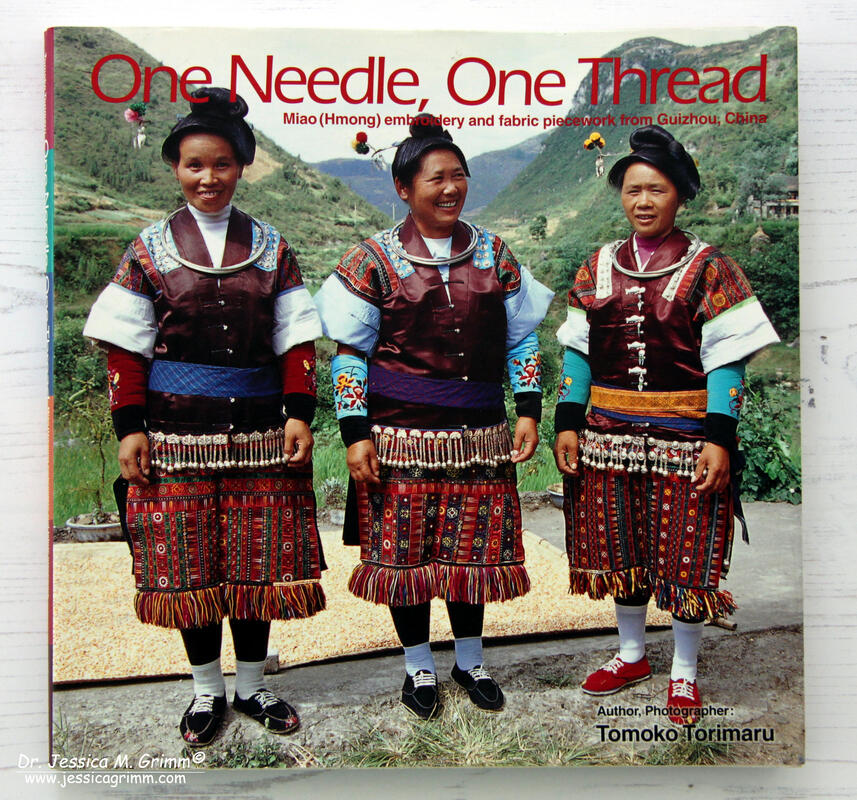
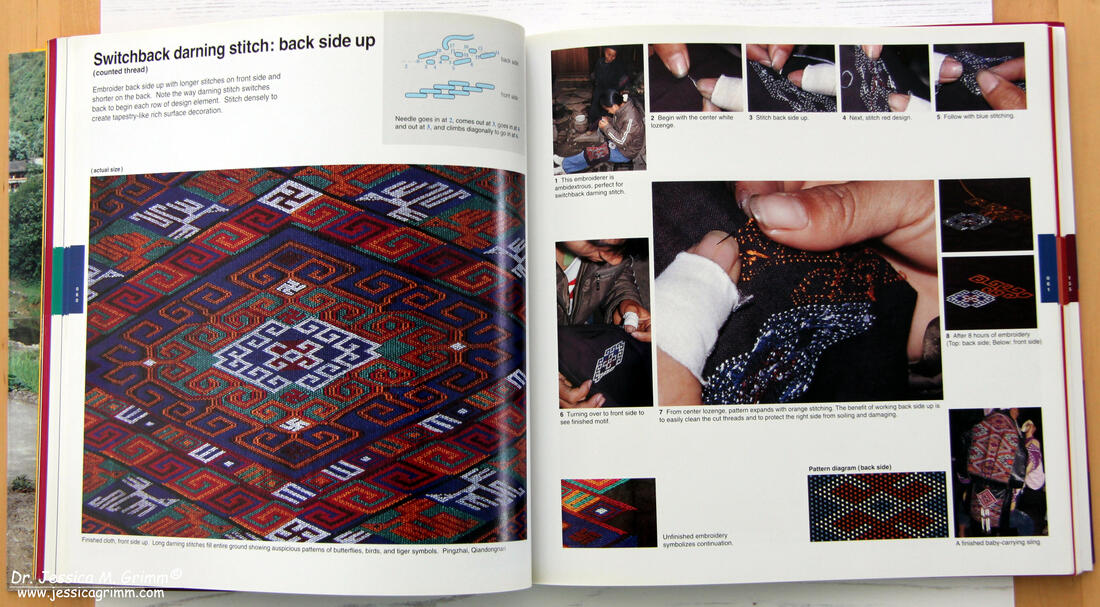
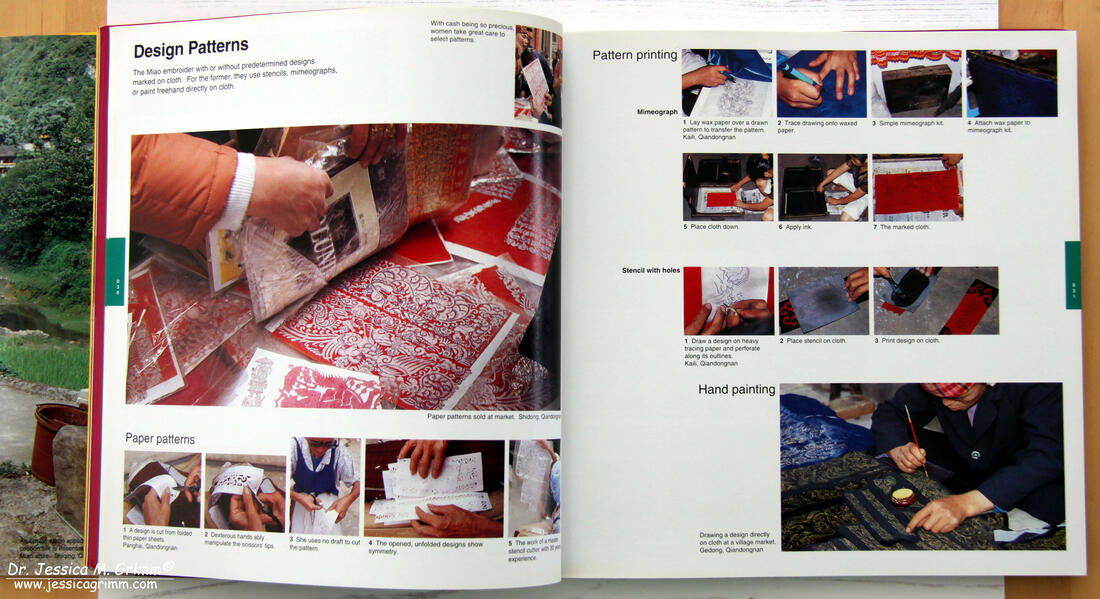
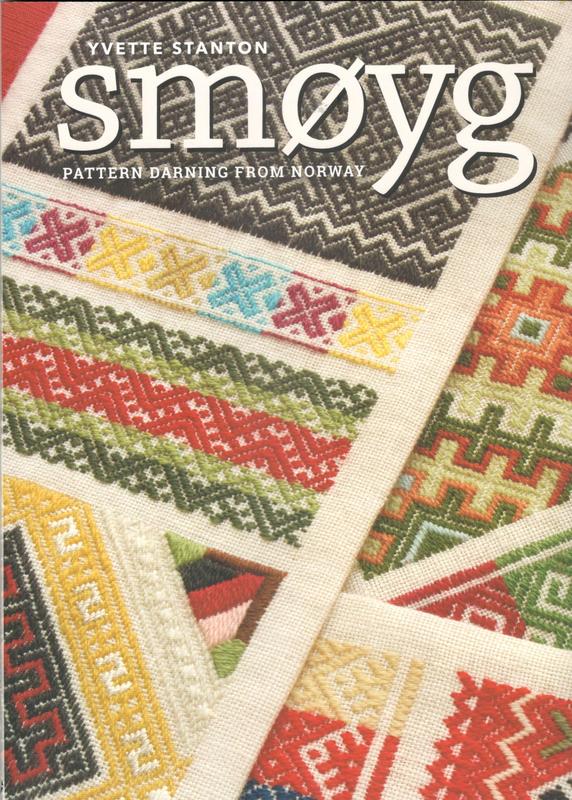
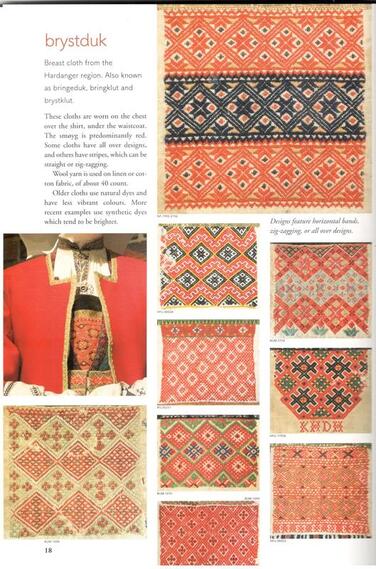
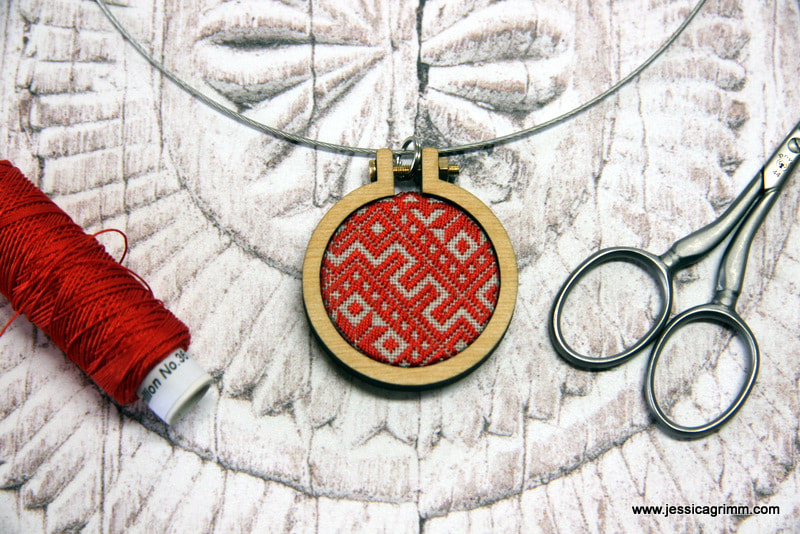
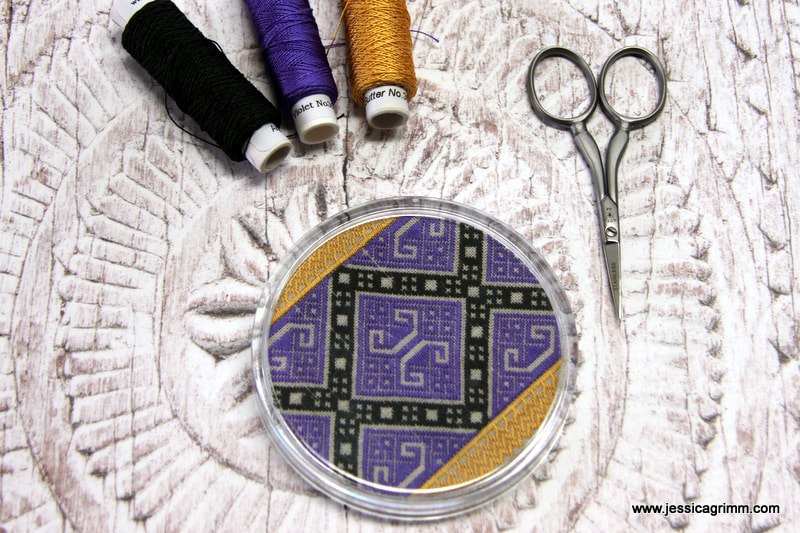
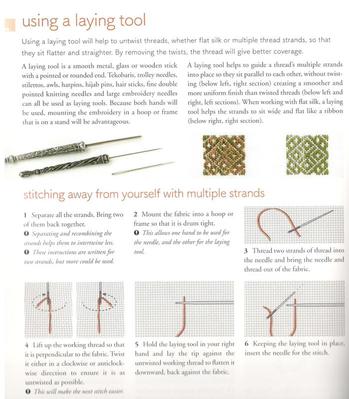





 RSS Feed
RSS Feed